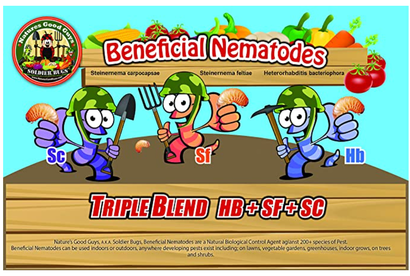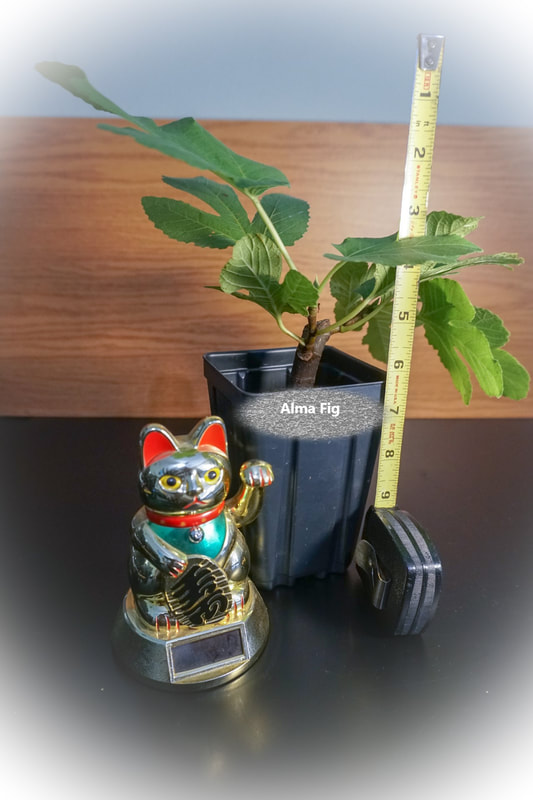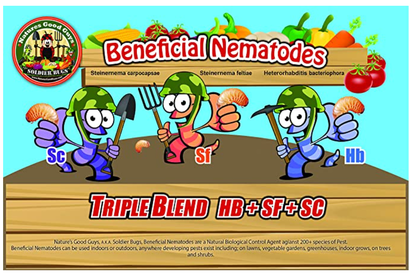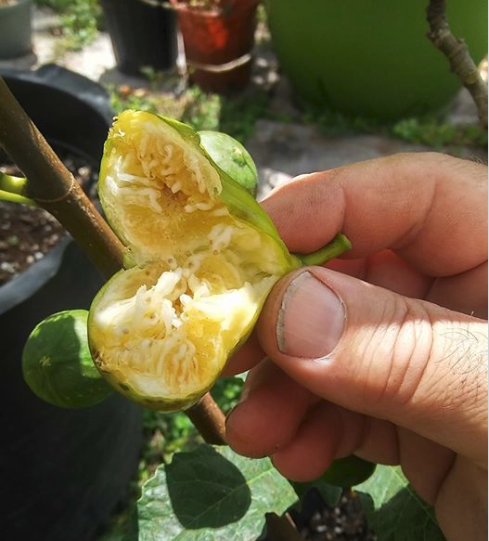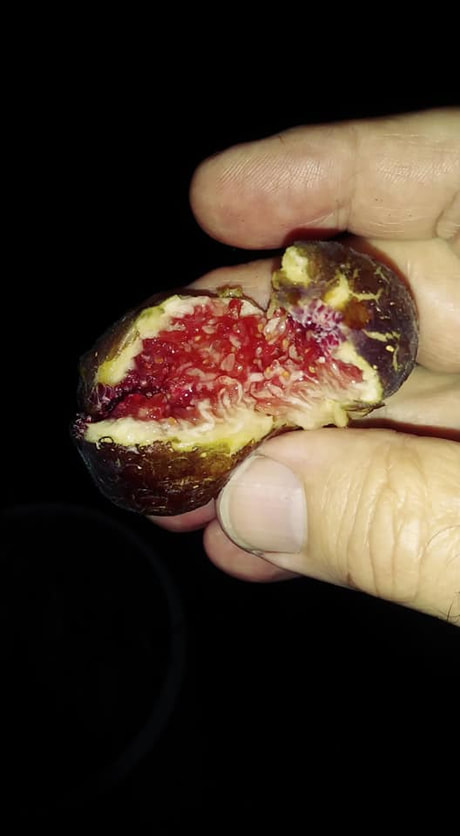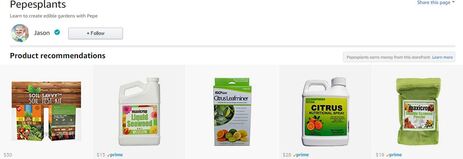Edible Fig Trees for Florida and Southern States
New Common Figs
Common figs are the most distributed types of figs in North America. Their development is parthenocarpic which means they do not require pollination by the fig wasp. They are most ideal for home gardeners as the fig wasp is not naturally present in North America. Common figs can produce two crops but some only produce one crop.
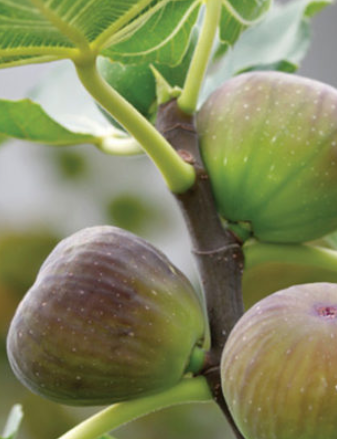
Alma
We now have some new fig trees obtained from local fig lovers in Fort Lauderdale, Florida. Our friends describe them as just amazing and well adapted for the hot, humid South.
- Alma
- Avi
- Bari Black
- Col De Dame Blanc
- Dulce De leche
- Deanna
- Izmir Not
- Lsu Purple
- Lsu Scotts Black
- Lsu Red
- LUV
- Norella
- Ruby Rose
- Strawberry Latte
If you grow fig Trees. You need this! Really you do!!
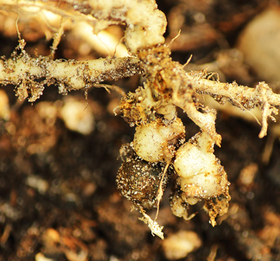
About Edible Figs There are more than 700 named cultivars of fig trees (Ficus carica) that develop and set edible figs without pollination. The term parthenocarpic is used to describe these figs since they don't require pollination. They are also referred to as Common Figs. All of the figs we offer are common types. These common figs bear a first crop, called the breba crop, in the spring on the last season's growth. The second crop is borne in the fall on the new growth and is considered the main crop. Figs can be confusing and difficult to identify. Many fig trees have multiple cultivar names. For example Beers Black is the same fig as Violet de Bordeaux and unfortunately does not perform well in S. Florida so we do not offer it for sale. Figs, dormancy chill hours and all that jazz! A chill hour is air temperature at or below 45 degrees. fig trees are often described as needing some 100 to 400 hours of (chill hours) in order to set fruit. Here in Florida, our varieties do just fine without much if any chill requirements. The leaves often do not fall off completely and they often end up in a semi dormant state. What does seem to influence them to sense a change and go semi dormant is the photo period. When the day length is reduced the trees sense it and that seems sufficient to assure fruit set. Have you seen my fig trees loaded with figs? Many of my customers and friends have. For more than five years, my trees have been loaded with figs! People from Arizona, Texas, Louisiana and other Southern States grow figs and enjoy the fruit each year. How about you? Are you ready to eat some awesome figs? Click here to shop Growing fig trees in containers: Your fig tree will do much better if grown in a container. This is especially important when soils are sandy. Grow one in a container and before you know it, you will be enjoying fresh nutritious figs. Container fig trees offer several advantages. One of the advantages is that they can be kept free of nematode damage. Here in Florida and in some other regions, sandy soil is infested with nematodes. Nematodes are divided into both good guys and bad guys. Bad guys cause severe root damage to figs and cause root knots that starve the fig of nutrients and cause poor growth. Good nematodes play an important role in the soil and may actually protect plants from other bad soil organisms. Fig trees will benefit from plenty of rich organic mulch on the soil surface and some good compost in the mix. Nematodes that damage fig roots don't like moist soil with plenty of organic material. More information on nematodes further down in this column. One drawback of container growing is the root restriction The growth of the tree will be affected as the fig becomes more root bound and dries out faster. It's important to prune the roots as needed and freshen up the container with fresh potting soil. This method helps to keep your trees healthy. If root pruning is not performed fruit yields will eventually decrease. Be sure to prune the roots during the cooler months to minimize any possible shock to the tree. Trees will go dormant in winter and bounce back in the spring. Here in Florida they are often constantly growing with minimal dormancy depending on your zone. Watering: Figs are Mediterranean trees and can survive drought without irrigation when grown in ground and have been established for a while. Trees provided with good drained organic soil and plenty of water will grow rapidly. Keep your fig moist but not wet and provide plenty of sunshine! In the winter they need very little water while dormant. Full dormancy in the South USA, is rare. Adding a timed drip irrigation system saves water and keeps the trees healthier. Tree size and pruning: A fig tree can grow and produce fruit without pruning. Your best practice is to prune in winter. Prune at a 45 degree angle with a clean sharp pruner. Make your cut above an eye facing outward from the branches. Cut just above the line of the bud eye. Don't cut and leave a stub or that area will not heal properly and may cause disease to spread. Figs fruit on old and new wood so don't prune all branches at once. Feeding the soil: Fig trees will grow much faster if provided with a soil rich in organic matter and plenty of sun. In the South it may be better to grow them in bright, filtered light instead of full sun. Be sure to feed the soil compost teas, green manure, mushroom compost etc. Not into organic growing? Okay then use a balanced 10-10-10 time release fertilizer or a 13-13-13 fertilizer. Make sure it has minor elements also. Some growers use a 10-20-25 formulation. Your fig tree can bear two crops: an early breba crop during the summer that develops on older wood and a main crop ripening in the fall that develops on the new growth. The main crop figs are typically more numerous, but the fruit is not as large as those of the breba crop. Ripening takes place over an extended period of time. When you finish the fall harvest, prune your tree but leave some branches un pruned to maintain a balance between old and new wood. Be certain to always prune any dead or diseased branches and use sterile tools. Keep the birds away from your delicious figs! Wrap foil around the branches and trunk to save the majority of your fruit. Bag your figs using fruit bags. No matter how clever you think you are, the birds will get some. Trouble with ants on your fig tree? Wrap aluminum foil about six inches up the trunk base and smear petroleum jelly all around the foil. Ants wont climb up! Be sure to use foil or you will damage the bark. Click here to shop Soil nematodes: Nematodes, more specifically the root-knot nematodes (Meloidogyne spp.), are a major threat to many plants. Most gardeners consider them a problem solely confronted in the vegetable patch. The reality is that they affect many fruit trees like Fig, Peach and guava among others. Nematodes are tiny microscope pests. Nematodes can be of many species. Some species can be beneficial while others are non beneficial residents in your soil. The real trouble makers are generally found in sandy nutrient poor soil. Some of these bad creatures can destroy the root system of plants and therefore, inhibit the effectiveness of nutrients and water uptake, resulting in poor yields. In severe infestations, plants can be killed by the nematodes. You can cover the soil in an area suspected of nematodes with clear plastic. Leave the plastic in place for several months to solarize the soil and kill the nematodes. Cover an area at least twice the width of the planting diameter. When growing in containers it is a good idea to check your roots a few times a year for nematode damage. Place your container at least 18 - 20 inches above the soil on a concrete or wooden platform. It really helps! You can also change the soil once a year and solarize the old soil in the old container by covering it with plastic for two months. Solarize the soil not the container with the plant. Oh my! :-| When the soil has been solarized, you can incorporate heavy mulching on the surface and use organic fertilizers mixed into the soil. Consider adding mycorrhizae fungi around the trees roots to build healthy soil. This is a good way to control and prevent nematodes. Some people swear by the following method. Plant your fig in a plastic pot with the bottom cut out. place the fig and container in the ground. Nematodes live in the first 18 inches of soil. To protect the fig roots, keep the top rim of the pot approximately 3 inches out of the soil and the rest in the planting hole. This will reduce nematode damage. The pot when buried 18 inches below the planting hole protects the roots. The container serves as a barrier, keeping nematodes away from the roots. Chemical measures are available to control these organisms, but they are expensive methods and highly toxic! FIG CLASSIFICATIONS: Common figs are the most distributed types of figs in North America. Their development is parthenocarpic which means they do not require pollination by the fig wasp. They are most ideal for home gardeners as the fig wasp is not naturally present in North America. Common figs can produce two crops but some only produce one crop. SAN PEDRO FIG TYPES: San Pero fig types bear two crops of fig flowers. The first crop develops on the previous year branches and is pathenocarpic. However, unlike bifara common figs, the second crop requires pollination by fig wasps. A good example of a San Pedro is the Desert King cultivar. SMYRNA FIG TYPES: Smyrna fig varieties have fig flowers requiring pollination by fig wasps. Without pollination figs are not produced. CAPRIFIG TYPES: The Caprifigs are the male flowers and they are an important element in pollination of female fig flowers. Most importantly, Caprifigs contain pollen that is carried by fig wasps into the female fig flowers. FIGS IN JAPAN: Ichijiku means fig ln Japanese. In Japan figs are usually peeled and eaten raw, but they are also popular in their dried form or processed into jams. Figs made their way to Japan from the Mediterranean in the early 1600s via China, when the fruit was also known as "foreigner's kaki". The vast majority of figs in Japan are of a variety called Masui Dauphine, which is a relatively large fig and is named after Mr. Masui who cultivated these figs in the early 1900s. Figs are cultivated in the cities of Anjo and Hekinan as well as in other parts. Japan's foremost producer is the Aichi region. Since the introduction of refrigerated distribution systems in 1985, growers have been able to ship fresh, ripe, juicy figs right to the tables of consumers. More Growing Tips Control nematodes in sandy soils Always add compost to your soil and keep your tree mulched. Figs benefit from the mulch greatly. The mulch should be spread beneath trees from 4-6 inches out from the trunk to the drip line of their branches. This improves the soil and helps to control possible root damage by nematodes. Now hear this! It really is smart to grow your fig tree in a container if you have really sandy soil. When growing in containers be sure to use a potting mix and place the container on a large stone paver or on a concrete surface, wooden deck or consider burying the pot in the ground. Control Fig Rust Fig leaf rust is a common problem on fig leaves in our humid South Florida climate. It is caused by a specific fungi. Fig leaf rust first appears as small, yellow-orange specs on the leaves. These specs enlarge slightly and may become very numerous as the season progresses. Rust may cause complete defoliation of fig trees. One other smart practice is to gather all the rust-infected leaves that drop at the base of the tree. Collect these leaves and place them in a plastic bag and toss them in the trash to control the spread of the rust to other fig trees. Avoid spraying the leaves with water so the fungi is not spread to other fig leaves. Always wash your hands after collecting infected leaves. Many people control fig rust by using copper sprays. Spray when the first leaves on the tree have reached full size. The second spray should follow in 3 to 4 weeks. Be certain to get good leaf coverage under the leaves with the spray so you can control this rust and keep your leaves looking nice and green. Fertilizer? People often ask what is the best fertilizer for figs? We feel that a 10 - 20- 25 or 13 -13 - 13, fertilizer works very well or any combination that is lower in nitrogen and higher in P and K at similar ratios. Slow release fertilizers make it easy to keep essential elements and nutrients in the soil for several months. A well drained soil and maintaining moist conditions is very important for best growth and production. When is my fig ready to eat? Your fig is ripe when it droops on the stem from its own weight. Some are light colored from green to light yellow and others are shades of brown violet, black etc. |
|


